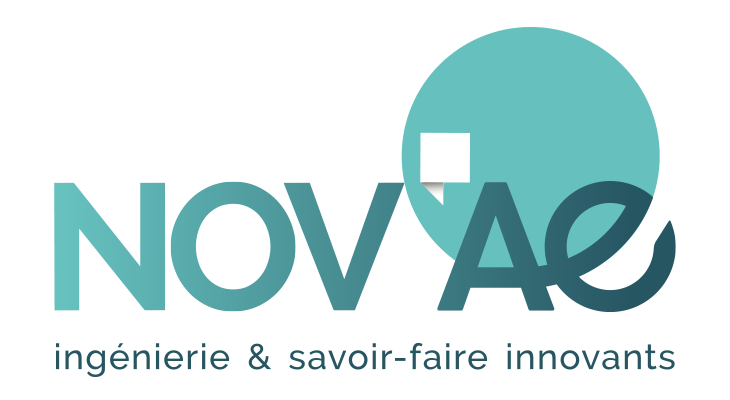Articles
Entretenir des collections d’invertébrés d’intérêt agronomique sur hôtes vivants : un enjeu patrimonial et des contraintes spécifiques
Résumé
L’entretien de collections de ressources biologiques est une nécessité pour la recherche fondamentale et appliquée. Les moyens mis en œuvre dans ce but peuvent être plus ou moins importants en fonction de la nature de ces ressources biologiques qui sont inertes ou vivantes. Les contraintes se font encore plus lourdes si ces ressources biologiques nécessitent la mise en œuvre d’hôtes vivants. Au sein de l’infrastructure de recherche RARe, c’est le cas notamment des collections de nématodes phytoparasites, de nématodes entomopathogènes, et de parasitoïdes oophages. En effet, ces organismes sont des parasites obligatoires, c’est-à-dire qu’ils ne peuvent pas réaliser leur cycle biologique en l’absence de leur hôte vivant. Cet article décrit ces collections et présente les contraintes spécifiques liées à leur gestion.
Références
- Al Khatib F., Fusu L., Cruaud A., Gibson G., Borowiec N., Rasplus J.Y., Ris N and Delvare G., 2014. An integrative approach to spe cies discrimination in the Eupelmus urozonus complex (Hymenoptera, Eupelmidae), with the description of 11 new species from the Western Palaearctic. Systematic Entomology 39(4) : 806-862.
- Campos-Herrera R. and Gutiérrez C., 2009. Screening Spanish isolates of steinernematid nematodes for use as biological control agents through laboratory and greenhouse microcosm studies, Journal of Invertebrate Pathology 100(2) : 100-105.
- Carneiro R.M.D.G., Martins I., Oliveira Teixera A.C. and De Castro Mota F., 2005. Freezing and storing Meloidogyne spp. in liquid nitrogen. Nematologia Brasileira 29 : 221-224.
- Consoli F.L., Parra J.R.P. and R.A. Zucchi, 2010. Egg Parasitoids in Agroecosystems with Emphasis on Trichogramma Springer Netherlands.
- Correa M.C.G., Palero F., Dubreuil N., Etienne L., Hulak M., Tison G., Warot S., Crochard D., Ris N. and Kreiter P., 2016. Molecular characterization of parasitoids from armored scales infesting citrus orchards in Corsica, France. BioControl, on Line first. BioControl 61 : 639-647.
- Figueiredo M.D.C., Cruz I., da Silva R.B. and Foster J.E., 2015. Biological control with Trichogramma pretiosum increases organic maize productivity by 19.4%. Agronomy for Sustainable Development 35(3) : 1175-1183.
- Irdani T., Scotto C. and Roversi P.F., 2011. Low cryoprotectant concentrations and fast cooling for nematode cryostorage. Cryobiology 63 : 12-16.
- Lalramliana and Yadav A.K., 2016. Effects of storage temperature on survival and infectivity of three indigenous entomopa thogenic nematodes strains (Steinernematidae and Heterorhabditidae) from Meghalaya, India. Journal of Parasitic Diseases 40 : 1150-1154.
- Mauléon H., Barré N. and Panoma S., 1993. Pathogenicity of 17 isolates of entomophagous nematodes (Steinernematidae and Heterorhabditidae) for the ticks Amblyomma variegatum (Fabricius), Boophilus microplus (Canestrini) and Boophilus annula tus (Say). Experimental and Applied Acarology 17(11) : 831-838.
- Molyneux A.S., 1985. Survival of infective juveniles of Heterorhabditis spp. and Steinernema spp. (Nematoda : Rhabditida) at various temperatures and their subsequent infectivity for insects. Revue de Nématologie 8 : 165-170.
- Mougin C., Artige E., Marchand F., Mondy S., Ratié C., Sellier N., Castagnone-Sereno P., Coeur D’Acier A., Esmenjaud D., Faivre-Primot C., Hamelet V., Granjon L., Lange F., Pagès S., Rimet F., Ris N., and Sallé G., 2018. BRC4Env, a network of Biologi cal Resource Centres for research in environmental and agricultural sciences. Environmental Science and Pollution Research 25 : 33849-33857.
- Smith S.M., 1996. Biological control with Trichogramma. Advances, successes, and potential of their use. Annual Review of Entomology 41 : 375-406.
- Strauch O., Niemann I., Neumann A. et al., 2000. Stockage et formulation des nématodes entomopathogènes Heterorhabditis indica et H. bacteriophora. BioControl 45 : 483-500.
- Uelese A., Ridland P.M., Stouthamer R., He Y.R., Ang G., Zalucki M.P. and Furlong M.J., 2014. Trichogramma chilonis Ishii: A potential biological control agent of Crocidolomia pavonana in Samoa. Biological Control 73 : 31-38.
- Van der Beek H.J.G., Veldhuis W.B.J., Zijlstra C. and Van Silfhout C.H., 1996. Preservation of Meloidogyne hapla and M. chitwoo di in liquid nitrogen: Differences in response between populations. Fundamental and Applied Nematology 19 : 227-234.
Pièces jointes
Pas de document complémentaire pour cet articleStatistiques de l'article
 Vues: 137
Vues: 137
Téléchargements
 PDF: 29
PDF: 29

